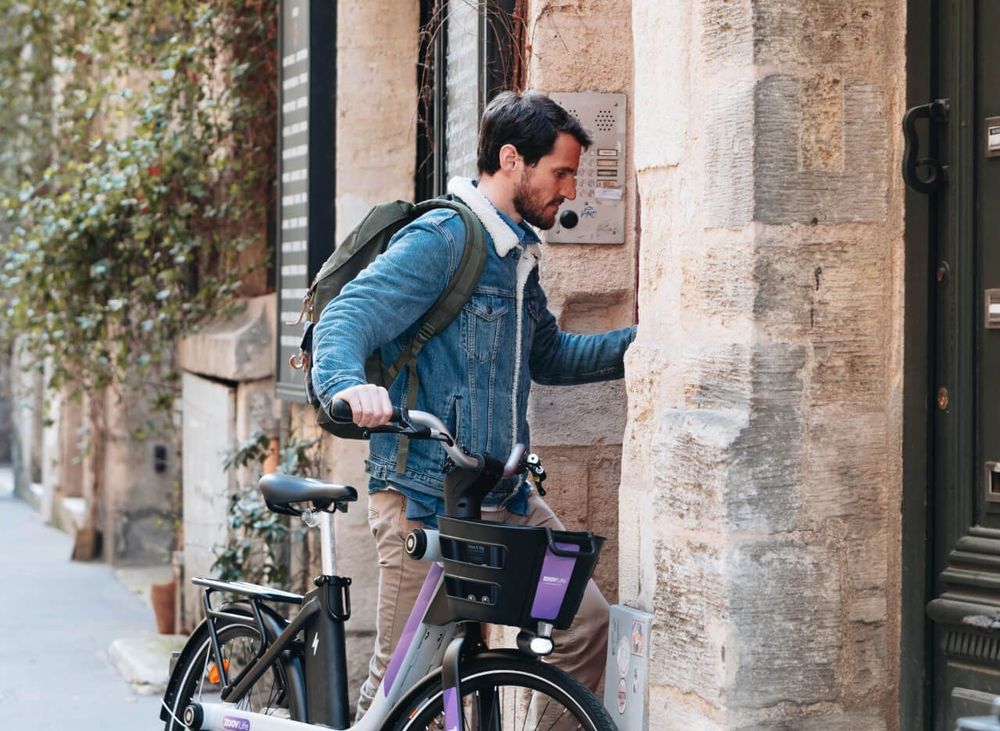Long-term rental, or long-term leasing, is when a user rents a vehicle for a fixed monthly fee with all the benefits of ownership, and without any of the worry.
Today, cities only grant access to a handful of operators, meaning that tenders are getting harder to win. Restrictions on the number of vehicles each operator is allowed to have are also significantly limiting profitability. As a result, it has become even more of a challenge to cover an entire urban area.
It's time for a shake-up. Here are 8 reasons to launch a long-term rental (LTR) model.
Entering a new market…
1. Get your foot in the door
With the clampdown on the number of operators in a city, it’s getting harder and harder to win tenders.
Long-term rental is a gateway into a new city, with no authorisation required.
Today, you can launch a long-term rental business in a new city without winning a tender, but this might not always be the case.




